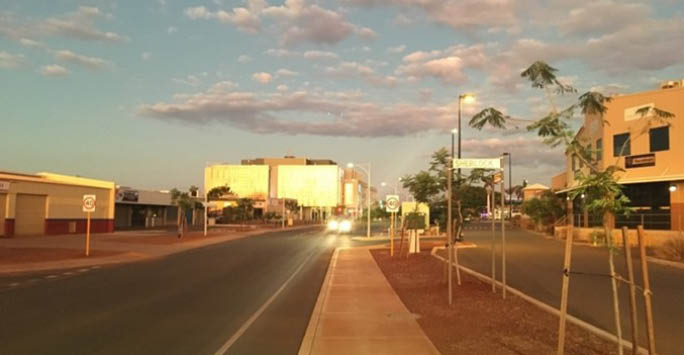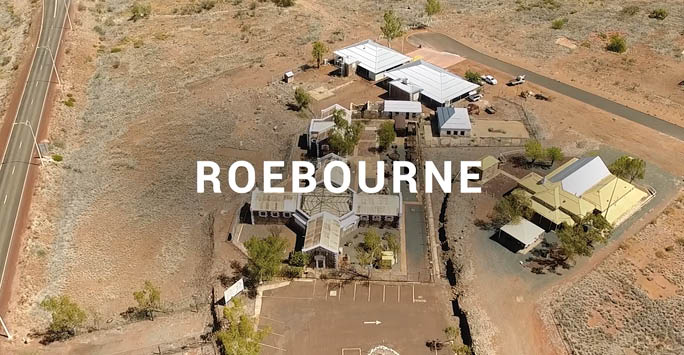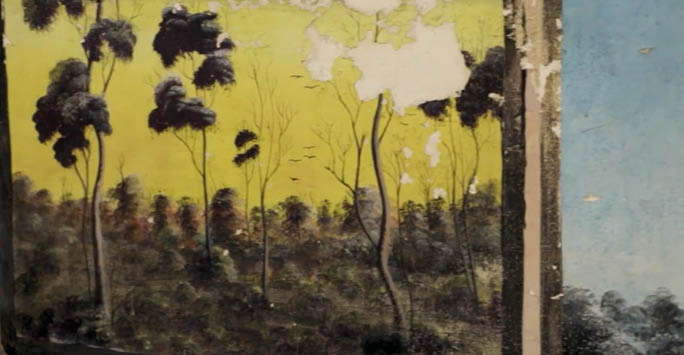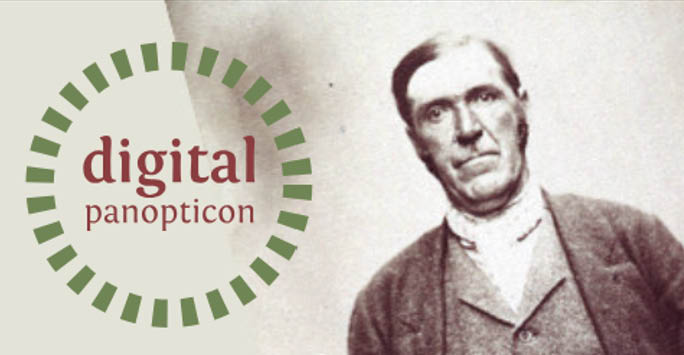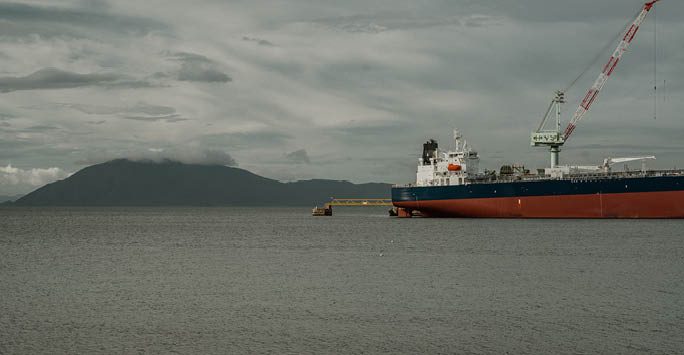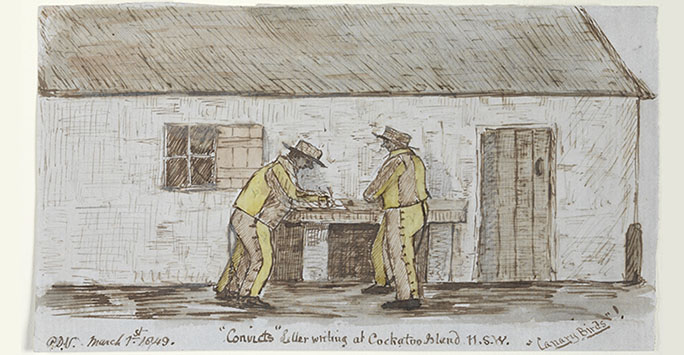Prison history, culture & heritage
This overarching research theme explores, understands, and engages with the nuanced relationships between prisons, culture, and heritage, shedding light on the stories that shape our collective understanding of justice, identity, and societal evolution.
